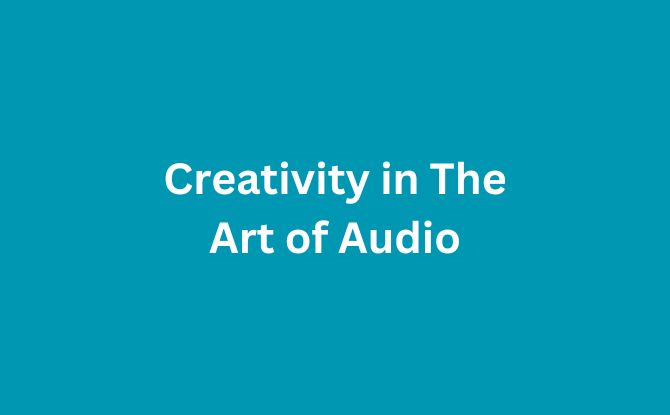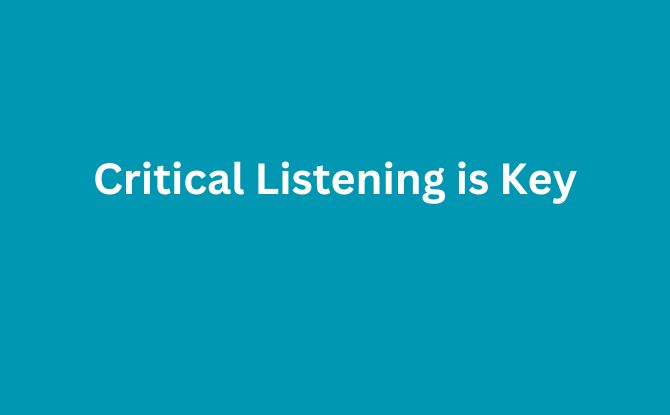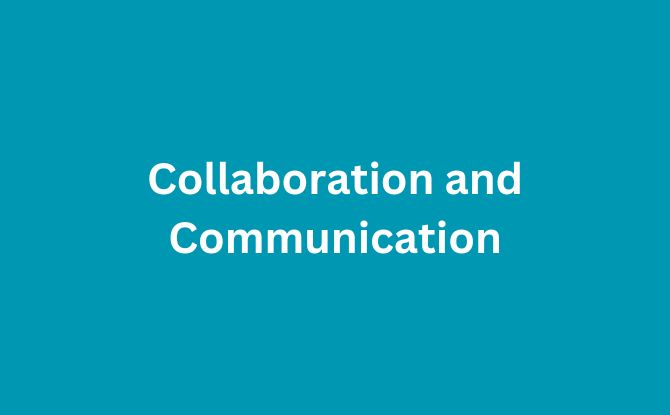Audio engineering or sound engineering is a combination of art and science. It takes art’s beauty and meshes it up with technology’s precision to create something pleasing and engaging for the audience. To do so requires a solid understanding of sound and audio engineering principles. This field involves more than just tools and software. It’s about making sound that truly speaks to people.
Today, audio engineers must keep up with fast changes. They need to know about new tech and changes in media. This introduction shows the main ideas behind great sound production.
Audio Engineering Principles: Symphony of Skills Necessary for Sound Engineering
Every top audio production, whether it is for live sound or recorded sound, requires key sound engineering skills. These skills are vital for audio excellence. They make audio content shine, whether in a live concert setting or on a listening sound system.
These require understanding of topics that range from audio processing and acoustics to sound mixing and more. They let engineers create captivating sounds. It’s the little details that matter here.
Working in sound isn’t a solo act. It’s about teamwork, talking, and solving problems together. What many don’t realise is how people-oriented sound engineers have to be. They not only have to rely on technical skills and creativity but also people skills to get the best out of the performers they are working with.
There’s also a creative side to this work. Sound work lets us tell stories with sounds. It takes creativity to make sounds that touch people.
Knowing about audio hardware and networks is important. It helps sound engineers share their work. They build audio experiences for all to enjoy.
As technology grows, sound engineers must keep up. They maintain high-quality sound. And they help shape the future of sound in media.
Understand the Technical Tools of the Trade

Today, being skilled in tech is as important as being creative for audio engineers. It’s crucial to know how to use sound equipment and audio technology. They help sound engineers do great work. The more that audio engineers are able to tap upon advancements in technology well, the more they are able to do good work.
The audio field is always getting new tools and software. This makes it possible to do even cooler stuff with sound.
However, it is not using audio technology for technology’s sake. The purpose of technology is to make sound better and clearer. This mix of good old sounds and new tech can create amazing music. Knowing how to use all this gear is key. It makes the music sound great and helps the audio world grow.
Acoustics and Sound Theory Knowledge

In audio engineering, acoustics and sound theory are very important. They can make or break great sound and also help you to get out of trouble.
Unfortunately, the acoustical settings are often something that is hard to adjust or modify. How a room is designed is what you will often have to work with. However, having knowledge of the basics of acoustics will help you to troubleshoot and understand better what is going on sonically in a given space.
Balance, Contrast, and Emphasis

Music production is shaped by key principles: balance, contrast, and emphasis. These elements build rich, immersive soundscapes that grab and hold attention. Balance ensures the audio feels whole and harmonious. It deals with how left and right audio channels interact, and their space.
Contrast adds depth and dimension to sound. It uses changing volumes and sharpness to make the music more dramatic. These changes make the music’s journey exciting. They guide listeners through highs and lows of the story told by sounds. Great audio engineers excel in managing contrast.
Emphasis is important for key moments in a song. Skilled engineers know which sound details to spotlight. They plan where each sound sits and its frequency. This makes certain vocals or instruments stand out. Good use of emphasis makes unforgettable music moments.
Creativity in The Art of Audio

Creating great sound goes beyond knowing tools. It’s about exploring new things. Experts try new materials or capture natural sounds. These adventures lead to unique sounds. These make every project special. They help tell stories and attract listeners.
The right sound can make creative work unforgettable. Audio pros aim to keep getting better. They innovate and really listen. They use sound to move and involve people. The mix of loud and quiet sounds makes an impact. This feeling stays with people even after the sound ends.
Critical Listening is Key

Critical listening is very important in audio work. It helps sound engineers be great at their jobs.
An engineer needs to understand sound well, like an artist knows colors. This skill helps improve audio quality. Engineers use critical listening to fix tiny sound issues. They work on making voices clear and sounds perfect.
Audio operators who listen critically can fix sound problems that others might not notice. They use critical listening to make sounds as best as possible. This skill helps create clear, deep, and moving sounds. It makes audio quality better, using the smallest sound nuances.
The value of critical listening in sound work is huge. It turns normal sound into something amazing. As technology gets better, so must our listening skills. This ensures every sound detail is perfect and every production is of the highest quality.
Collaboration and Communication

In sound production, collaboration is like a dance rhythm. It keeps the team in sync. A sound engineer’s job involves more than just working solo. It’s about working together with others – the musicians, the singers and other production people. A production can only be successful when a team is united.
Communication is the melody of this rhythm. It makes sharing technical ideas easy. Clear talks between crew members and creative folks are key. They make complex things simple. This way, everyone understands each other, creating a common language.
The production team has people with many skills. There are mixers and producers, all important. Sound engineers connect everyone. They make hard things easy to understand. This teamwork tackles any problem. Soft skills like these make meeting deadlines easier. They show why the team leads in making good sound.
Adaptability and Problem-Solving

In the world of audio engineering, being adaptive and good at solving problems is key. Sound engineers must change and grow as technology and trends do. They face audio challenges with a flexible mindset. This lets them do well as things change.
The audio engineering world is full of new tech. Sound pros need to have a learning mindset to pick up new tech, and learn how to find and fix audio issues. This could be working on a new plugin or making sound better for a venue. These skills are very important.
Being adaptable in audio engineering isn’t just about tech skills. It also matters in handling projects and dealing with clients. Engineers must be familiar with different types of music and what listeners like.
Key Takeaways: Audio Engineering Principles
- Audio engineering is a convergence of artistic expression and technical expertise.
- Understanding the principles of audio engineering is key to producing high-fidelity sound.
- A strong grasp of sound quality is critical for professional audio work.
- Audio engineering is a blend of creativity with science.
- Ongoing education in technological advances is essential for contemporary sound engineers.

